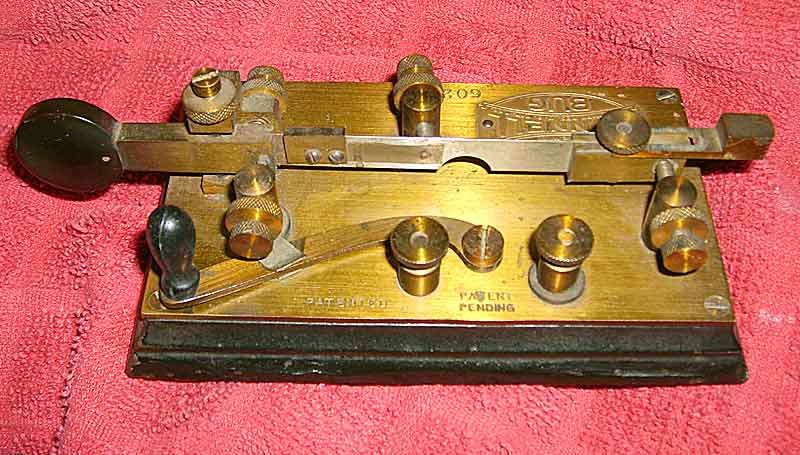
Saturday, June 13, 2020
I damn near missed my Georgia CW Net this evening, but I ran into the shack a few minutes past 9 p.m. EDT and fired up the Ten Tec Paragon. Of course, it lacks a built-in keyer, so I have find the cable, connect 12vdc to the MFJ Grandmaster keyer, and plug in my Vibrocube.
It was then I realized I have zero experience using the Paragon on CW; the sidetone wasn’t my usual 650 Hz that I love so much, but I did the best I could to match the sidetone to the NCS station. I got it close enough.
Despite the fact the Paragon is a 33-year-old rig, it is still a standout on CW. First, the QSK is really awesome. Secondly, the rig’s passband tuning control is one of the best implementations of PBT that I’ve ever encountered, especially when used in conjuction with a CW filter.
I punched in the 500 Hz CW filter, and according to the manual, the PBT basically makes your crystal filter a variable width filter. Its amazing how well that combination works, too. Tonight the NCS was on the weak side, and the PBT and crystal filter combination let me zero in on his signal and cut out any hint of adjacent activity. I don’t have the 250 Hz filter, and I’m not sure I could justify the expense after giving the 500 Hz and PBT a try.
I’m not sure what frequency the sidetone was set at on the Paragon, but I know its probably far closer to 800 Hz that the 650 Hz I typically prefer. After reviewing the manual again, I found that the sidetone frequency is adjustable; there’s an adjustment you can access from the rear to adjust the frequency and volume. When I get a chance, I plan to set that frequency to match what I’m used to.
From what I’ve seen on YouTube, the Paragon’s transmit offset frequency is 750 Hz. The actual transmit offset can be adjusted from the front panel, though its more of an RIT/XIT sort of control from what I can tell. I haven’t used it yet. If I can get the sidetone set to my liking, I probably won’t mess with any offsets.

MON-KEY KEYER. While knocking around the shack this evening, I ran across a couple of USPS shipping boxes I had received in the past but never opened. Both were about the right size to be some sort of CW key.
The first was a 1947 Mon-Key electronic keyer in great original condition. The keyer pictured isn’t the one I unboxed, but identical to it. The key was sold from 1947 through about 1958. Opening the box was like taking a trip back in time more than 70 years.
The original cord was neatly wrapped up, and the key is basically original as the day it was purchased. I gently plugged the original resistive line cord in an outlet, switched it on and waited for the tubes to warm up. Success!
They key worked well and was surprisingly smooth given the fact that it has a sizeable relay to operate.
The drawback to operating the Mon-Key is that this keyer doesn’t auto-complete characters. Its really easy to cut off a dah; you have to make sure you hold it the full length of the dah, else that dah may sound like an extended dit. The keyer contacts on the key need to be cleaned and/or adjusted because its creating some scratchy characters. It may be more a case of my keying too, but I’m sure cleaning contacts won’t hurt.
I don’t know the sidetone frequency, but if you want to use the rig’s sidetone, you can always turn the volume down. I’m going to have to give this keyer a try on the air — once I spend time practicing my sending on it!

GOLD BUG NR. 477. The other USPS Priority Mail box contained a well-packed and original example of a Bunnell Gold Bug key.
The key has its original patina, and its all original and complete. And it arrived in an original case that appears to have been custom made for the key. The case for the Gold Bug is very compact, and unlike the case for a Vibroplex key, the Gold Bug in its case would fit in most men’s pants pockets.
Unfortunately, the latch on the key is broken (the little tab on the locking tongue was worn off or removed), but its still a very nice case that’s lined in red velour.
I’m not in a hurry to put the key on the air; because of its unusual contact arrangement, it can be a difficult key to send clean CW with. Its a nice addition to the collection.
73 es CUL de KY4Z … SK SK …. dit dit ….
